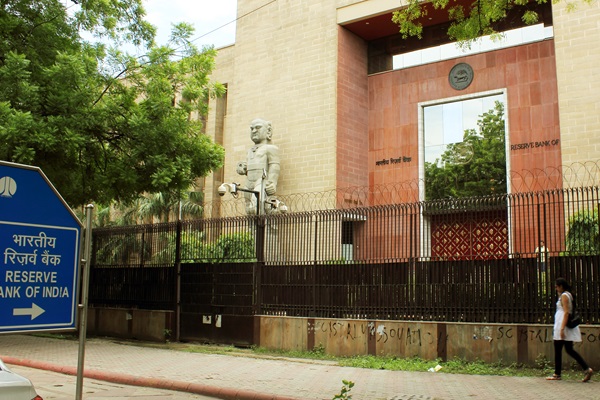.png)
RBI Frontloads Hyper Accommodation
The RBI’s frontloaded stimulus lifts markets, but its ability to revive growth is constrained by weak income, tepid investment, and global drag.


Dhananjay Sinha, CEO and Co-Head of Institutional Equities at Systematix Group, has over 25 years of experience in macroeconomics, strategy, and equity research. A prolific writer, Dhananjay is known for his data-driven views on markets, sectors, and cycles.
June 6, 2025 at 10:38 AM IST
The Reserve Bank of India has taken a markedly accommodative turn in recent months, unveiling a flurry of measures reminiscent of its pandemic-era playbook. Since December, it has slashed the repo rate by 100 basis points to 5.50% and lowered the Cash Reserve Ratio by 100 basis points. Together, these moves inject an estimated ₹13.16 trillion into the system—equivalent to 5.7% of banking deposits—underscoring deep concerns about the durability of India’s growth trajectory, despite headline GDP growth of 7.4% in the January–March quarter.
This frontloading of monetary stimulus is designed to jolt private investment and household consumption back to life. Yet the Reserve Bank has already signalled limited room for further easing, hinting that much of its conventional policy arsenal may have been exhausted. The urgency of these moves betrays unease about the sustainability of current growth trends and a desire to insulate the economy from global disinflationary forces and domestic demand weakness.
Growth dilemma
The central bank’s 2025–26 GDP growth forecast of 6.5% appears more aspirational than assured. Private sector investment remains patchy at best. MoSPI’s latest survey points to a sharp pullback in planned capital expenditure by private firms for the current year. Much of the optimism rests on expectations of a strong agricultural outturn, aided by an above-normal monsoon, even though agriculture’s contribution to value-added growth is limited.
More critically, household consumption continues to falter. Weak real income growth and sluggish job creation in productive sectors are holding back demand, casting doubt on whether monetary stimulus can deliver the multiplier effects needed to sustain momentum.
On the inflation front, the RBI’s forecast of 3.7% for 2025-26 reflects muted demand-side pressures. Yet, it may understate the upside risks from unpredictable weather patterns and volatile global commodity prices. While inflation appears well-behaved, the confidence in anchoring it at 4% on a durable basis may be premature.
Even so, easy financial conditions are now firmly in place. The liquidity surge has buoyed market sentiment, particularly in rate-sensitive sectors like real estate and automobiles. Falling interest rates may narrow bank margins—since lending rates adjust faster than deposit costs—but gains from trading books are likely to cushion the blow. Benchmark 10-year government bond yields have already fallen from 6.8% in March to 6.2%.
For non-bank lenders, which rely on wholesale funding, the environment has turned decisively favourable. Lower borrowing costs, coupled with improving market sentiment, could support near-term asset growth and valuations, particularly for consumer credit-focused institutions.
That said, the Reserve Bank’s emphasis on leveraged consumption and credit-driven recovery comes with trade-offs. While the regulator asserts that asset quality and liquidity stress have eased, there is little comfort in downplaying emerging risks in the loan books of banks and NBFCs. A falling credit-to-deposit ratio may allow room for balance sheet expansion, but it does not resolve deeper questions about the prudence of financial intermediation.
Structural Limits
What’s becoming increasingly clear is that India’s economic challenges are not cyclical in nature. The Reserve Bank itself has acknowledged the limited room for further accommodation, implicitly recognising that monetary policy alone cannot address structural constraints such as stagnant income growth, underemployment, or external headwinds from global trade.
The sheer scale and speed of the recent policy shift suggest the RBI is aware that conventional monetary tools are losing potency. Liquidity can help sentiment, but not substitute for deeper drivers of investment and consumption. The market may rally, but the real economy still faces persistent headwinds.
Overall, while the RBI’s hyper-accommodative stance has lifted financial markets, its ability to engineer a durable growth recovery remains circumscribed by India’s structural vulnerabilities.



